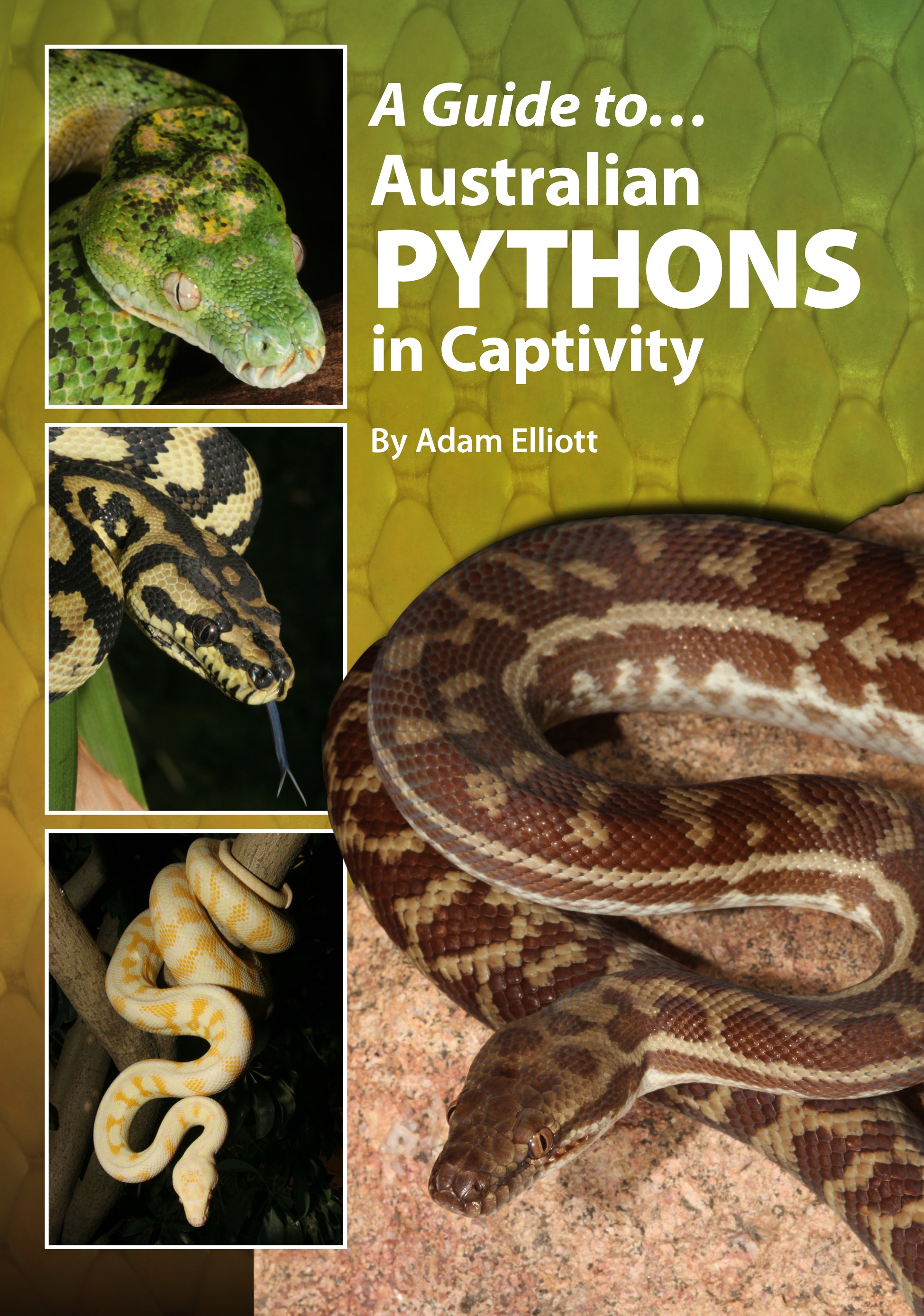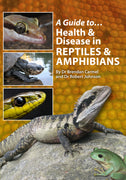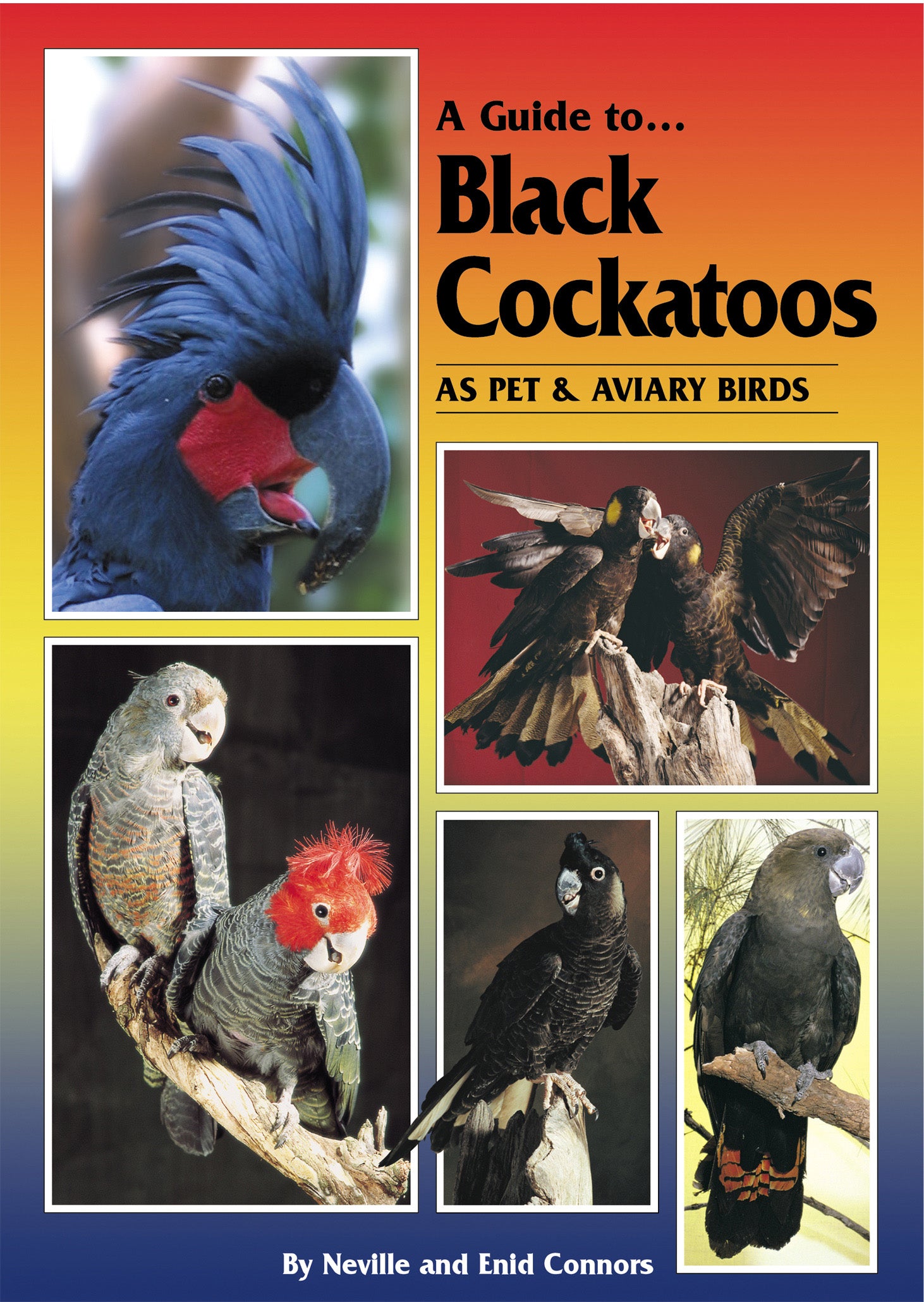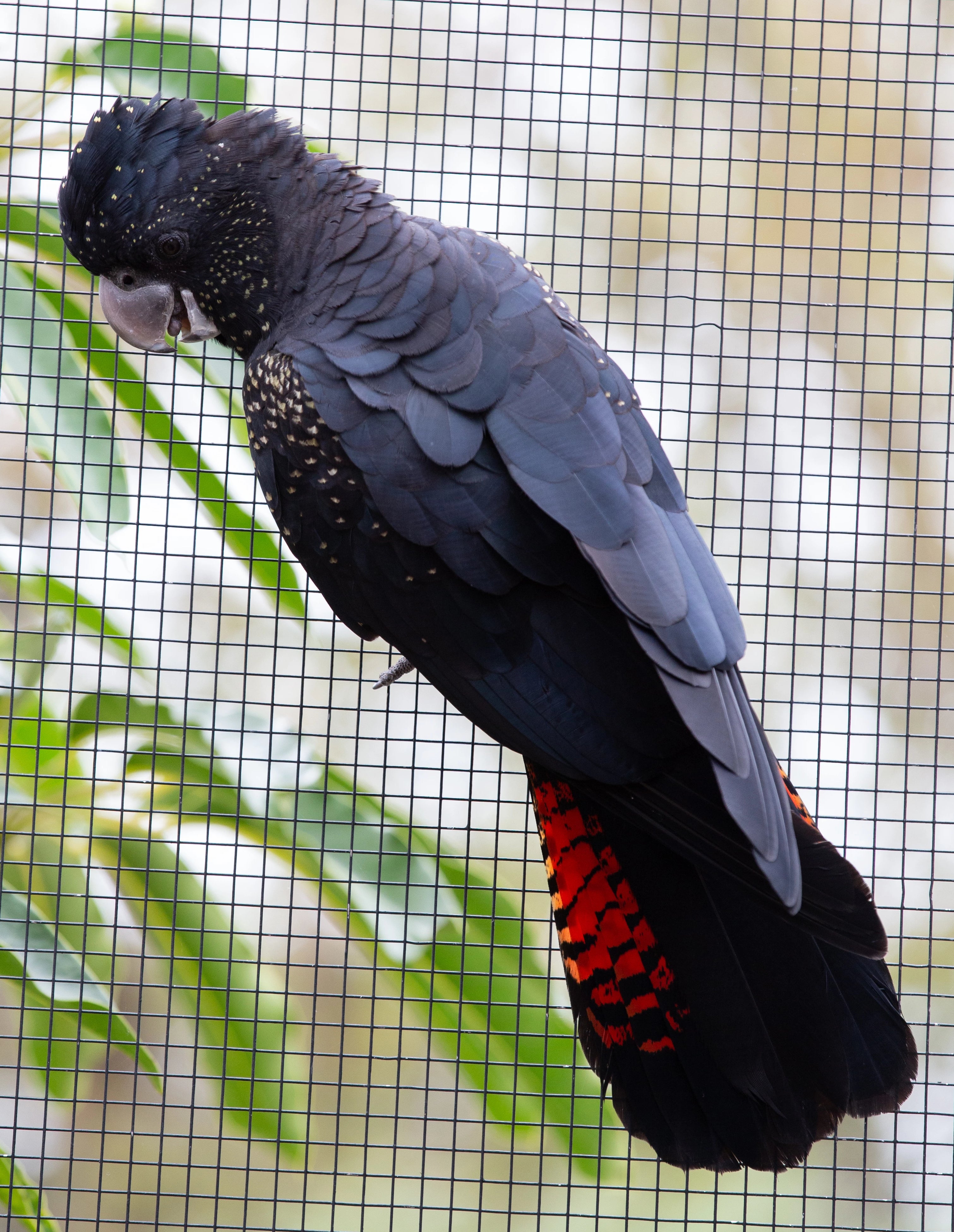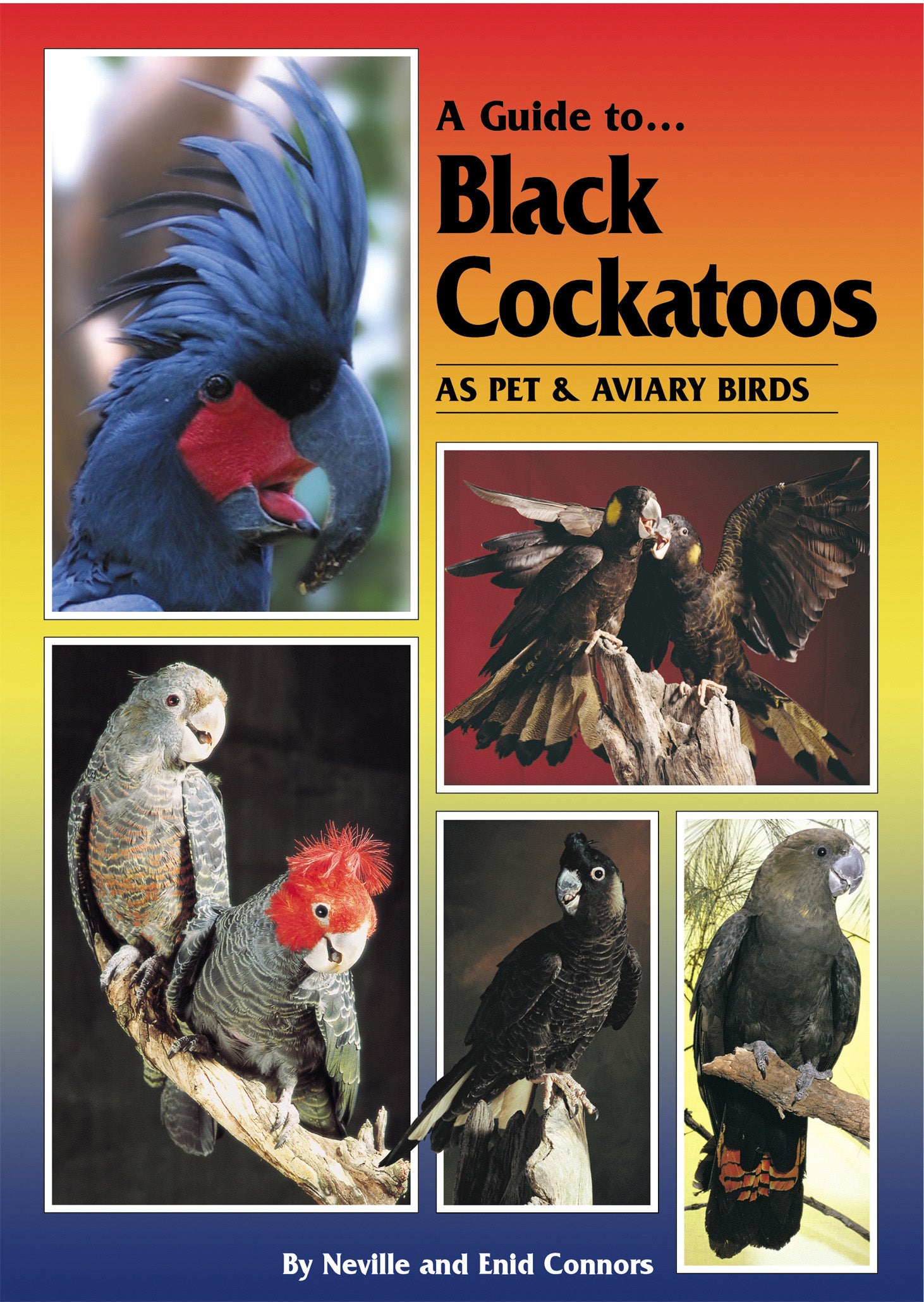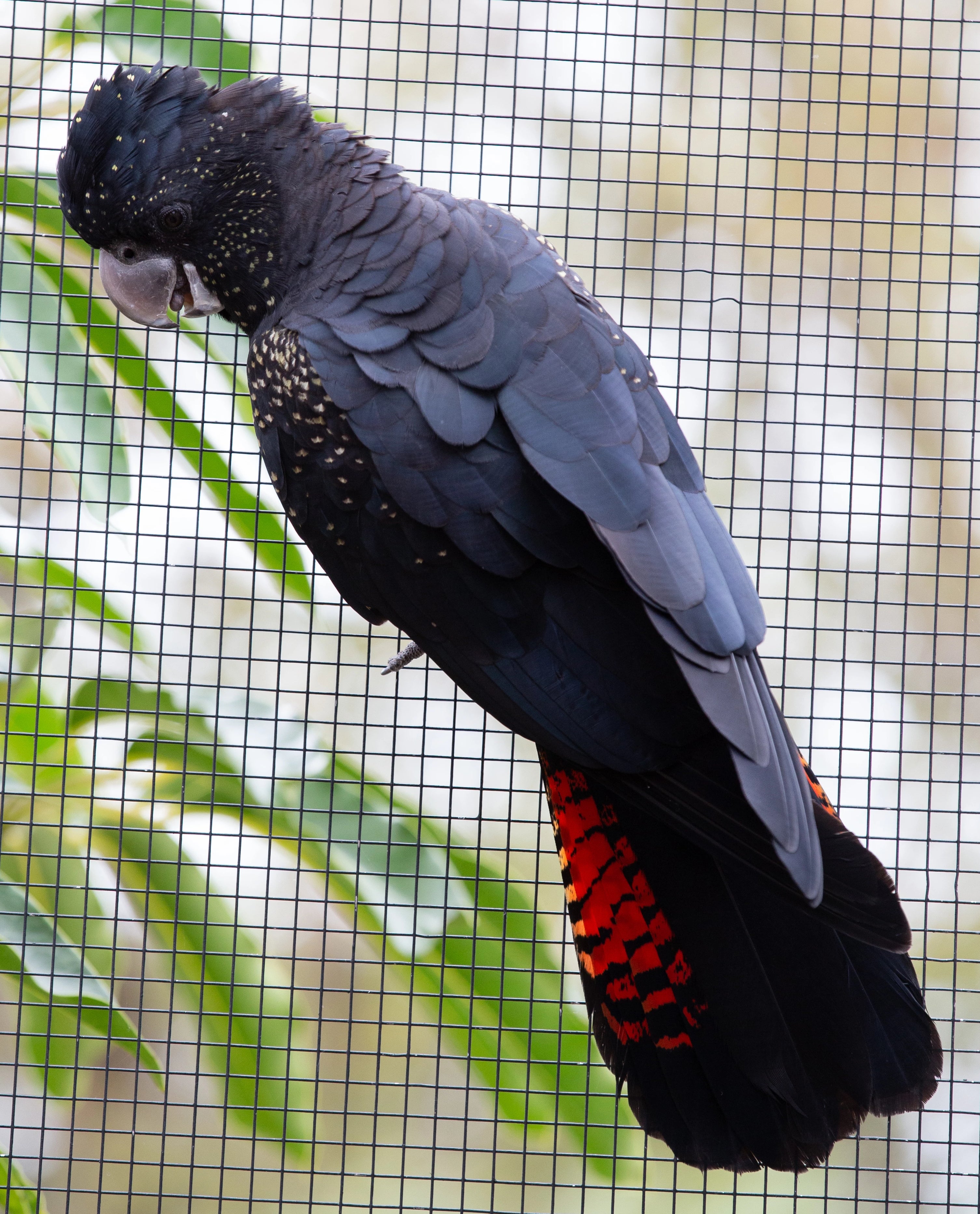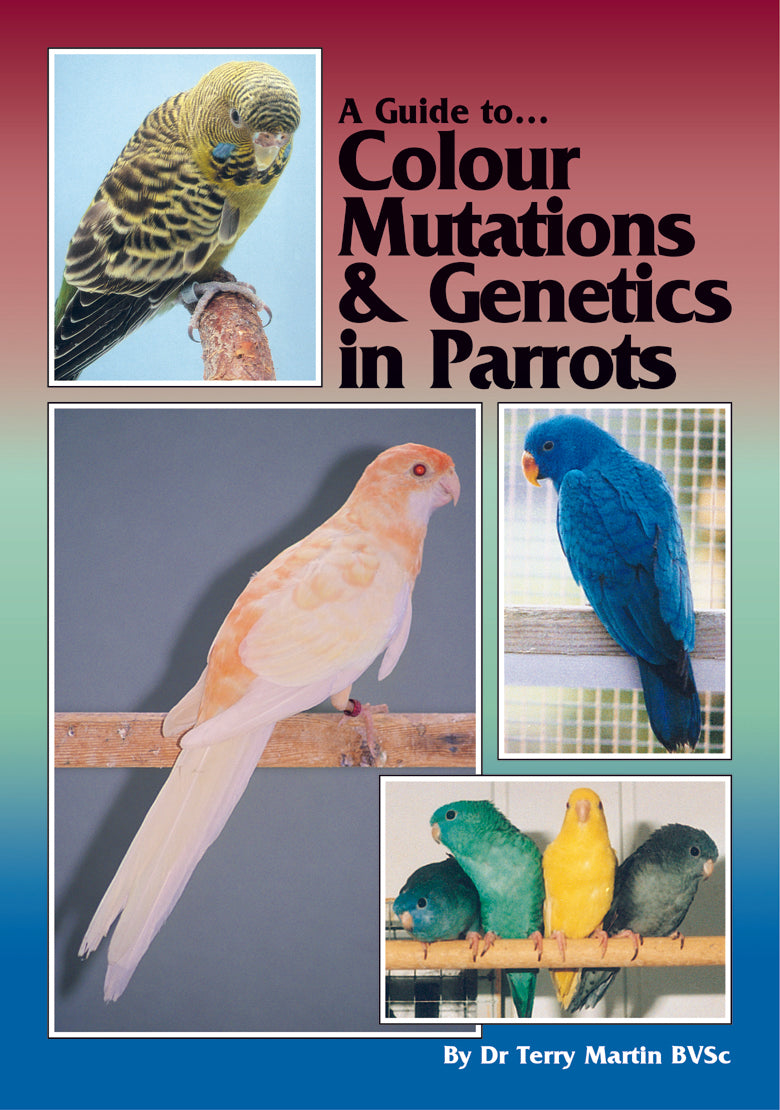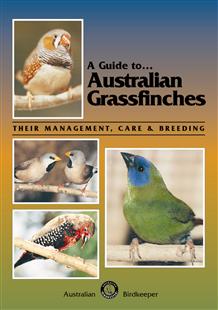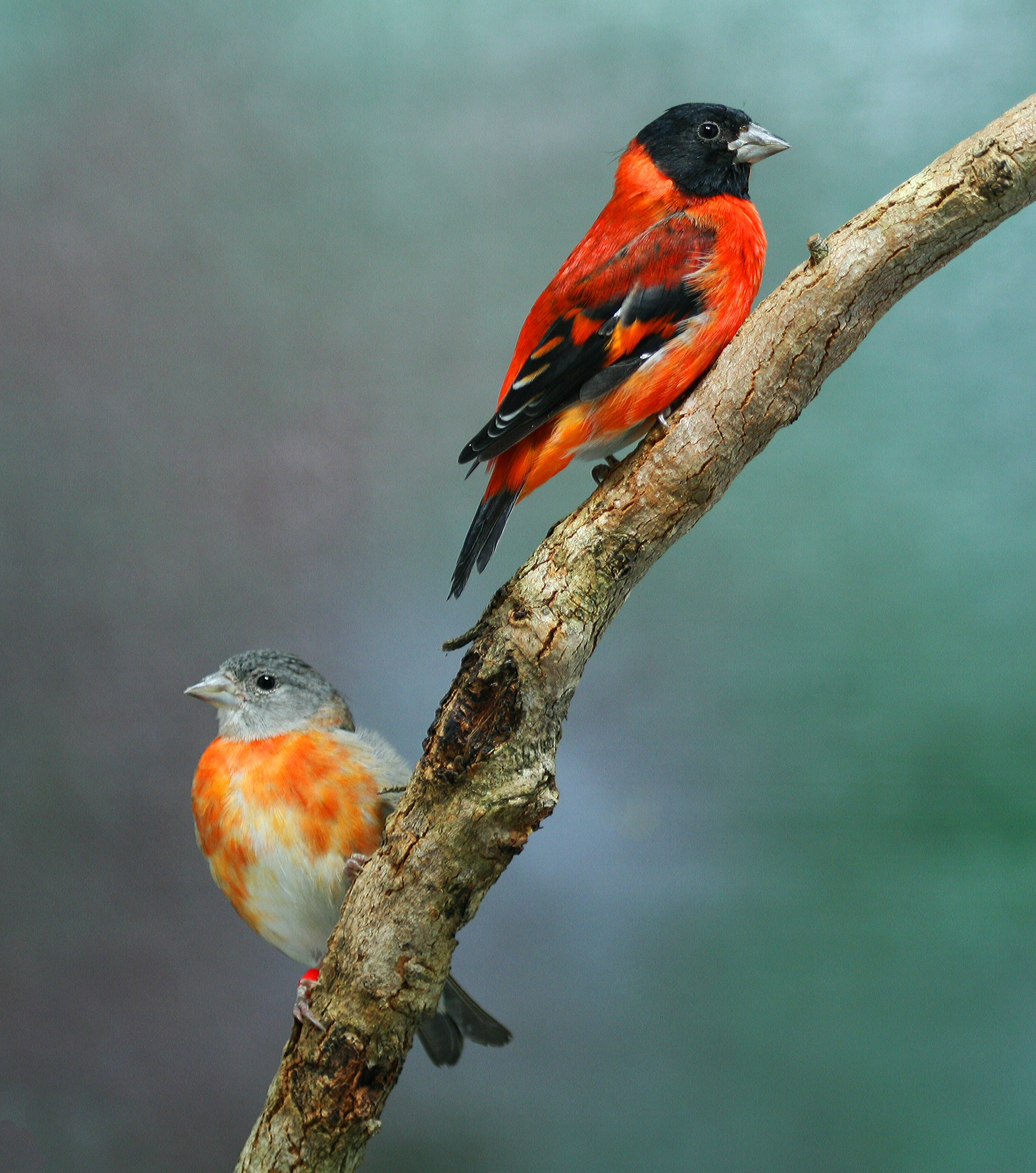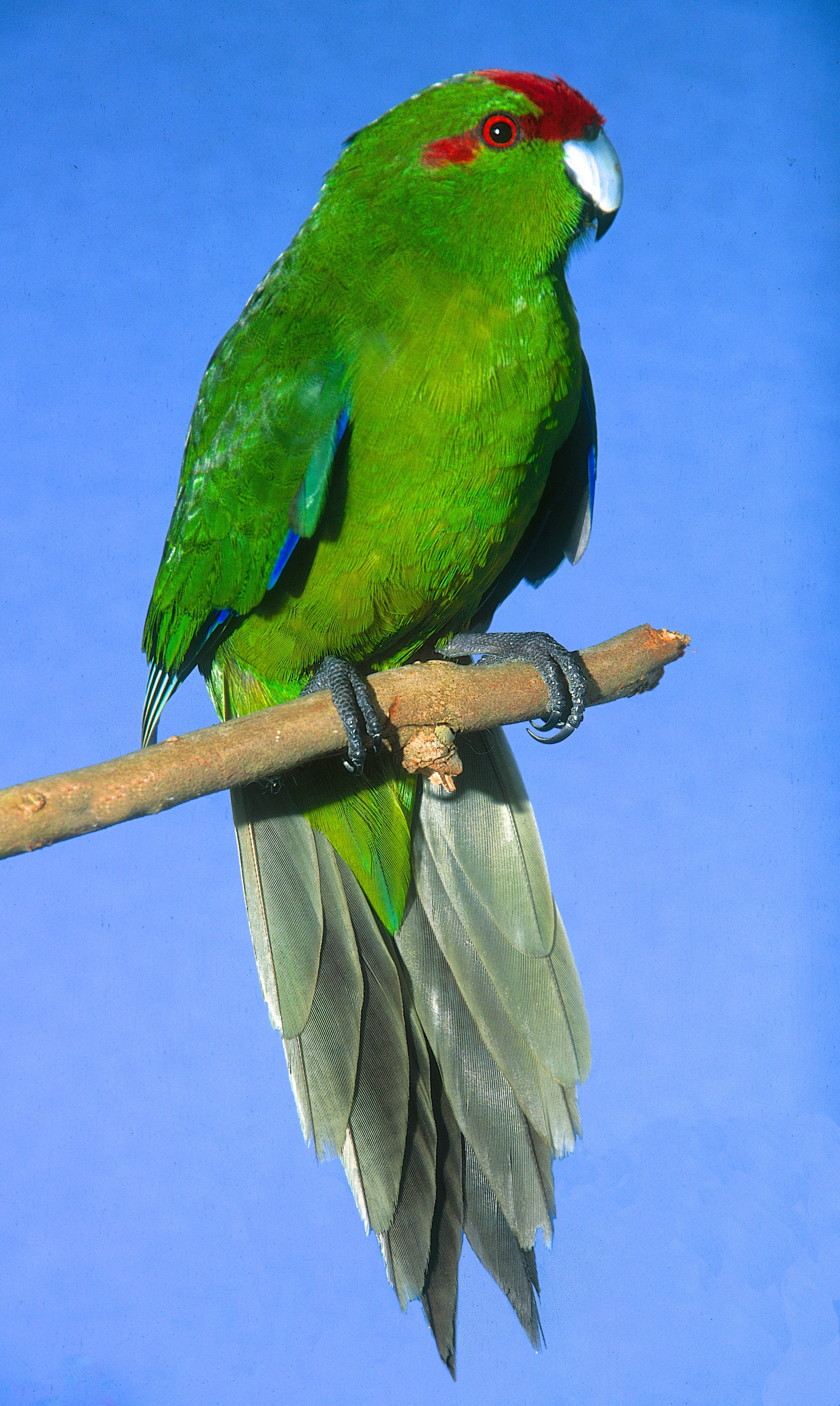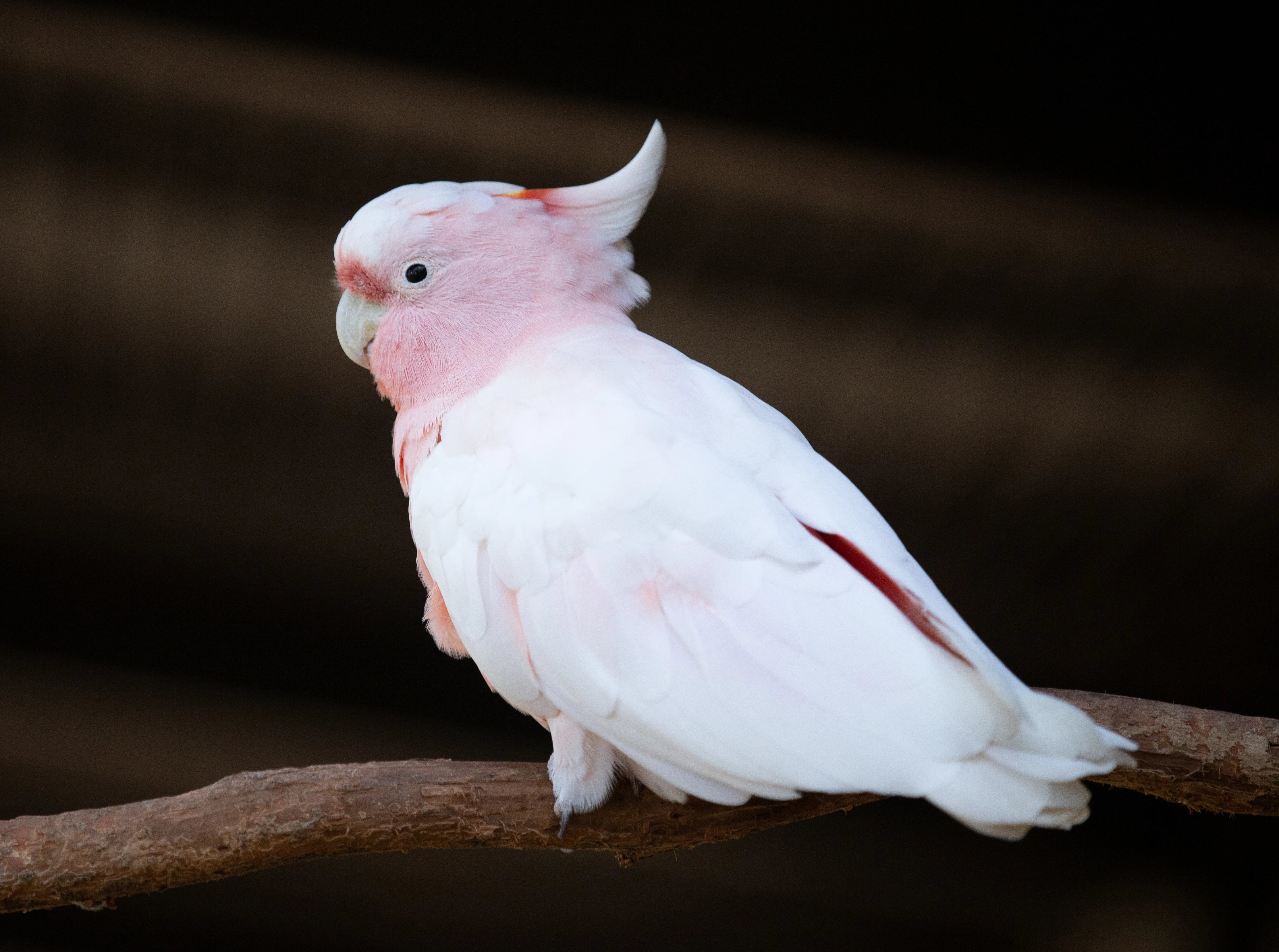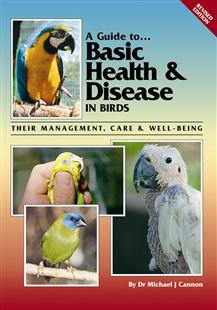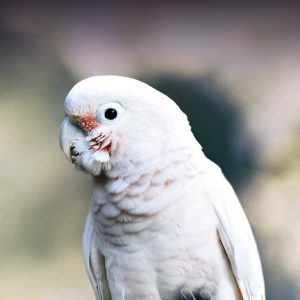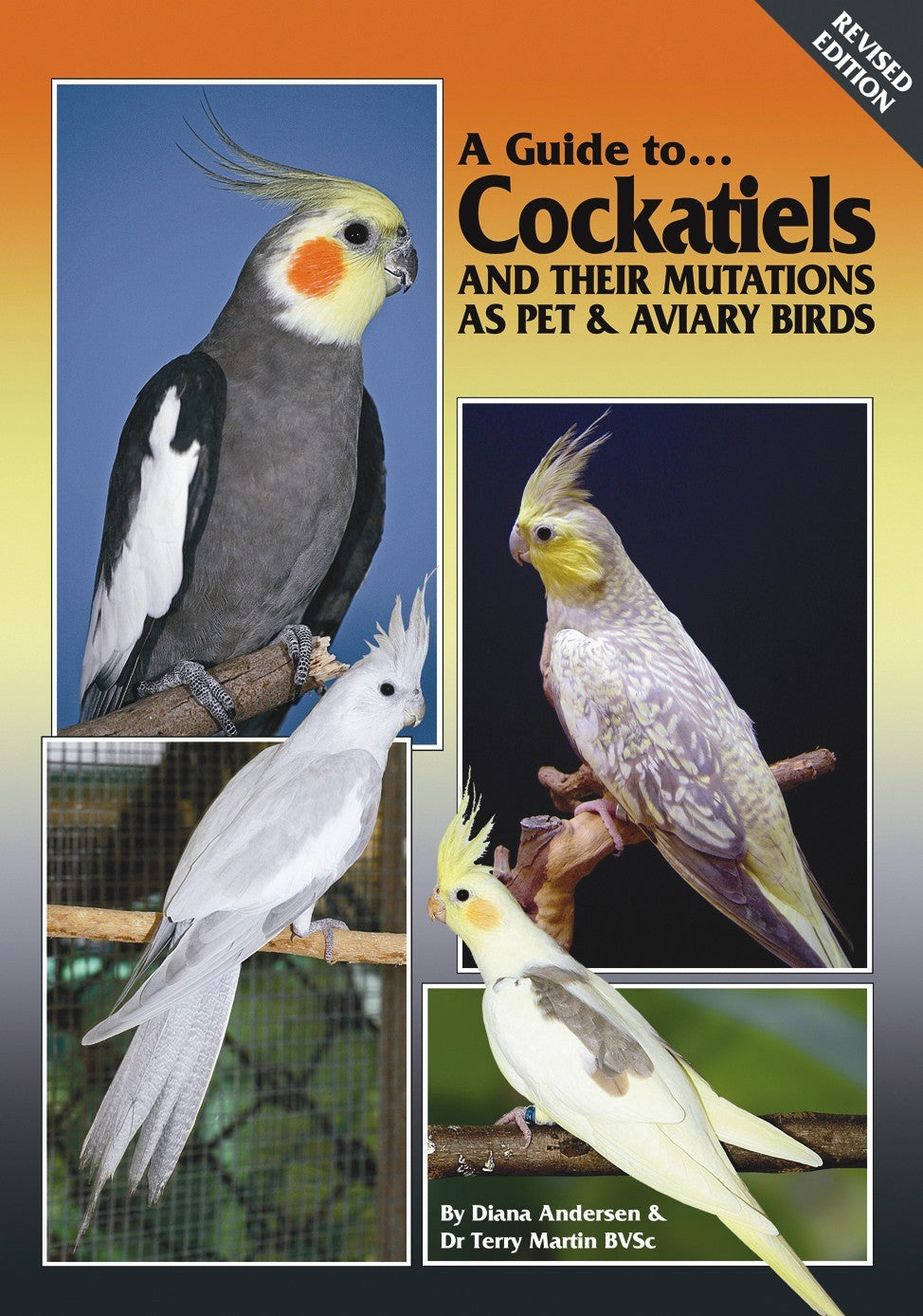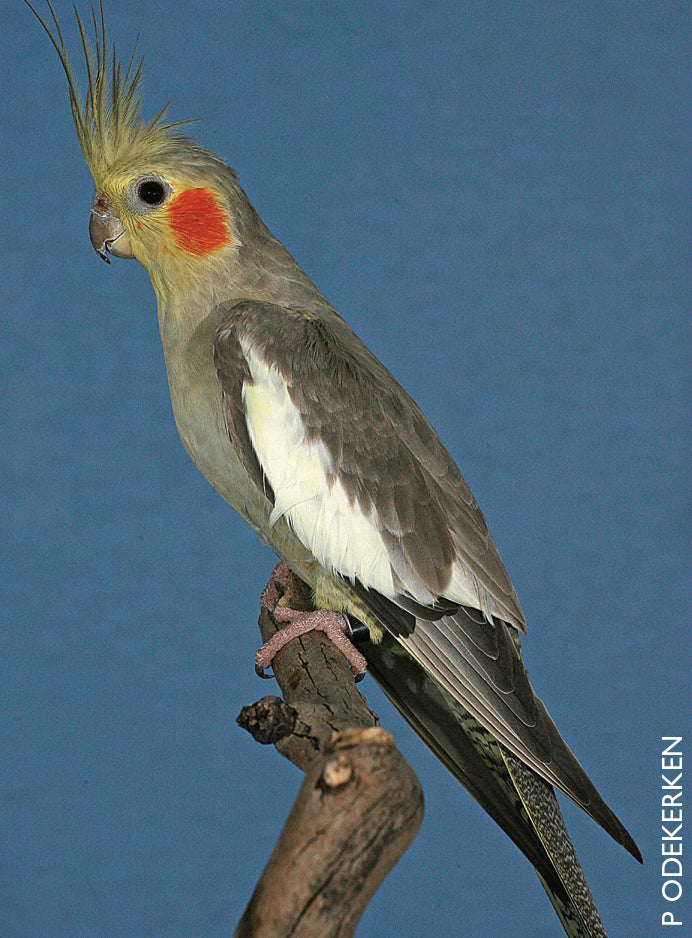- No products in the cart.
A Guide to Australian Pythons in Captivity
$80.00
Availability:
398 In Stock
Extensive aspects—400 images cover captive care, species and subspecies—all in individual chapters. Handling, housing, temperature, thermoregulation, lighting, humidity, feeding, breeding—gravid females, egg-laying and incubation and health & diseases. General management...
9780987244772
Adam Elliott
214
Softcover
SKU: GTPythons
Python Books
ABK Publications
A Guide to Reptiles and Amphibians,Books,Reptiles & Amphibians,Top Rated Products
Tags/
9780987244772/
A Guide to Australian Pythons in Captivity/
A Guide To Books/
A Guide to Reptiles/
Adam Elliott/
Australian pythons/
Black-headed Python/
Book/
books/
carpet snakes/
children's python/
diamond python/
Dr Robert Johnson/
health and disease in reptiles/
Jungle python/
Justin Julander/
Keeping and Breeding Pythons/
olive python/
pygmy python/
python health/
pythons/
spotted python/
stimson's python/
water dragon/
water pythn/
woma
Description
Extensive aspects—400 images cover captive care, species and subspecies—all in individual chapters. Handling, housing, temperature, thermoregulation, lighting, humidity, feeding, breeding—gravid females, egg-laying and incubation and health & diseases.
General management includes selection, handling, housing, temperature, thermoregulation, lighting, humidity and feeding—what to feed, nutrition, how to feed and feeding problem, breeding including gravid females, egg-laying and incubation.
KEY POINTS
What to Look for When Choosing a Healthy Python
Python Enclosures and Furnishings
The Importance of Lighting, Heating and Humidity
Temperature and Thermoregulation
Feeding—What Food, When and How to Feed, Feeding Problems
Breeding—Courtship and Mating, Gravid Females, Egg-laying and Incubation
Health and Diseases Chapter by Exotic Veterinarian
Written by Adam Elliott, with contributing authors, Dr Robert Johnson presenting the Health and Disease chapter, and Dr Justin Julander presenting the Taxonomy, Hybridisation and Morphs sections the information is aimed at the novice to medium-skilled keeper.
The health and diseases chapter equip the keeper with the basics of maintaining a healthy collection to prevent sickness and details on how to recognise disease with an overview of common infectious and non-infectious ailments.
The 18 species and subspecies of pythons kept in captivity in Australia are presented in individual chapters detailing description, distribution maps and wild habitat. In captivity the topics of housing, diet, breeding biology and ease of keeping are presented for each species.
RELATED PRODUCTS
A Guide to Australian Black Cockatoos (Hard Cover)
This title featuring 300 colour photographs over 160 pages includes extensive captive care details from housing, feeding, breeding—incubation & hand rearing and health & diseases. Also available in softcover.
A Guide to Australian Black Cockatoos (Soft Cover)
This title featuring 300 colour photographs over 160 pages includes extensive captive care details from housing, feeding, breeding—incubation & hand rearing and health & diseases. Available in hard and soft...
A Guide to Australian Colour Mutations & Genetics in Parrots (Soft Cover)
By Dr Terry Martin BVSc CONTENTS Understanding Mutations and Genetics Establishing New Mutations Primary Colour Mutations Key to Naming Mutations Combinations of Mutations Explanation of Genetic Terms Scientific Investigation of...
A Guide to Australian Grassfinches
The popularity of Australian Estrildid grassfinches is due to the hardiness of these tiny, gregarious and colourful birds. The 18 members are featured in detail. 160 colour photographs support the 80-colour...
A Guide to Australian Long and Broadtailed Parrots and NZ Kakarikis
This book covers housing, diet and nutrition. Species chapters cover the Crimson-winged, Princess, Regent, Superb, King, Red-capped, Mallee Ring-necked, Cloncurry, Port Lincoln & Twenty-eight Parrots and Red-fronted and Yellow-fronted Kakarikis. Contents General Management, Caring for...
A Guide to Australian White Cockatoos—Print Version
Richly illustrated and full of practical hints, this well-researched, easy to read 112-page full colour book features individual chapters on the Australian White Cockatoo family—the Sulphur-crested Cockatoo, Short-billed Corella, Long-billed Corella, Major...
A Guide to Basic Health and Disease in Birds (Revised Edition)
When keeping birds it is vital to understand Why Do Birds Get Sick?, Signs of Illness, First Aid, Diet, Medicating Birds, Common Problems and Diseases according to Species, Antibiotics, Parasite Control...
A Guide to Cockatiels & their Mutations Revised Edition (Hard Cover)
Comprehensive details on wild habitat and habits, captive care, housing, nutrition & breeding, pet bird care and enrichment and all colour mutations available worldwide & their genetics are supported by 375 colour images....
